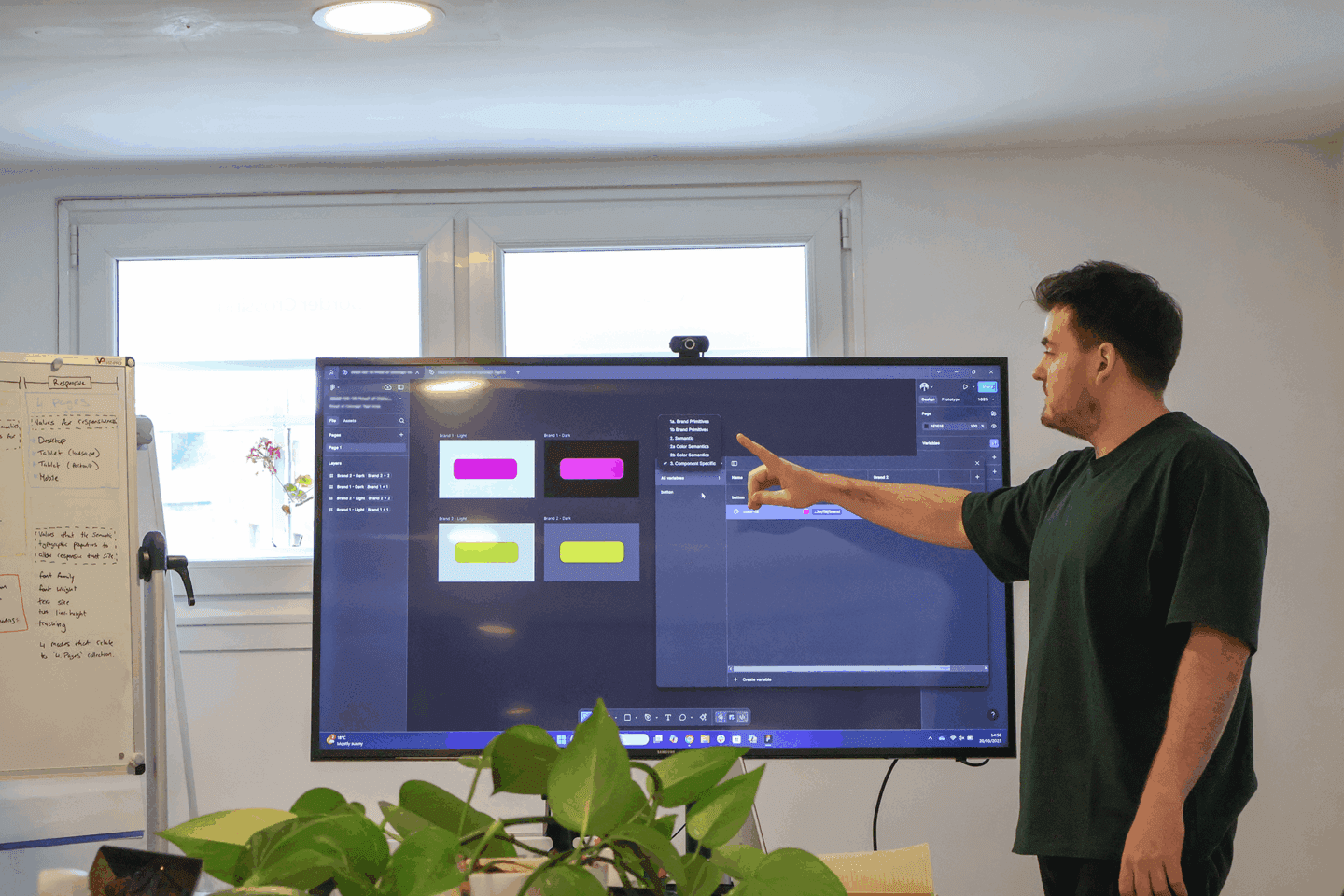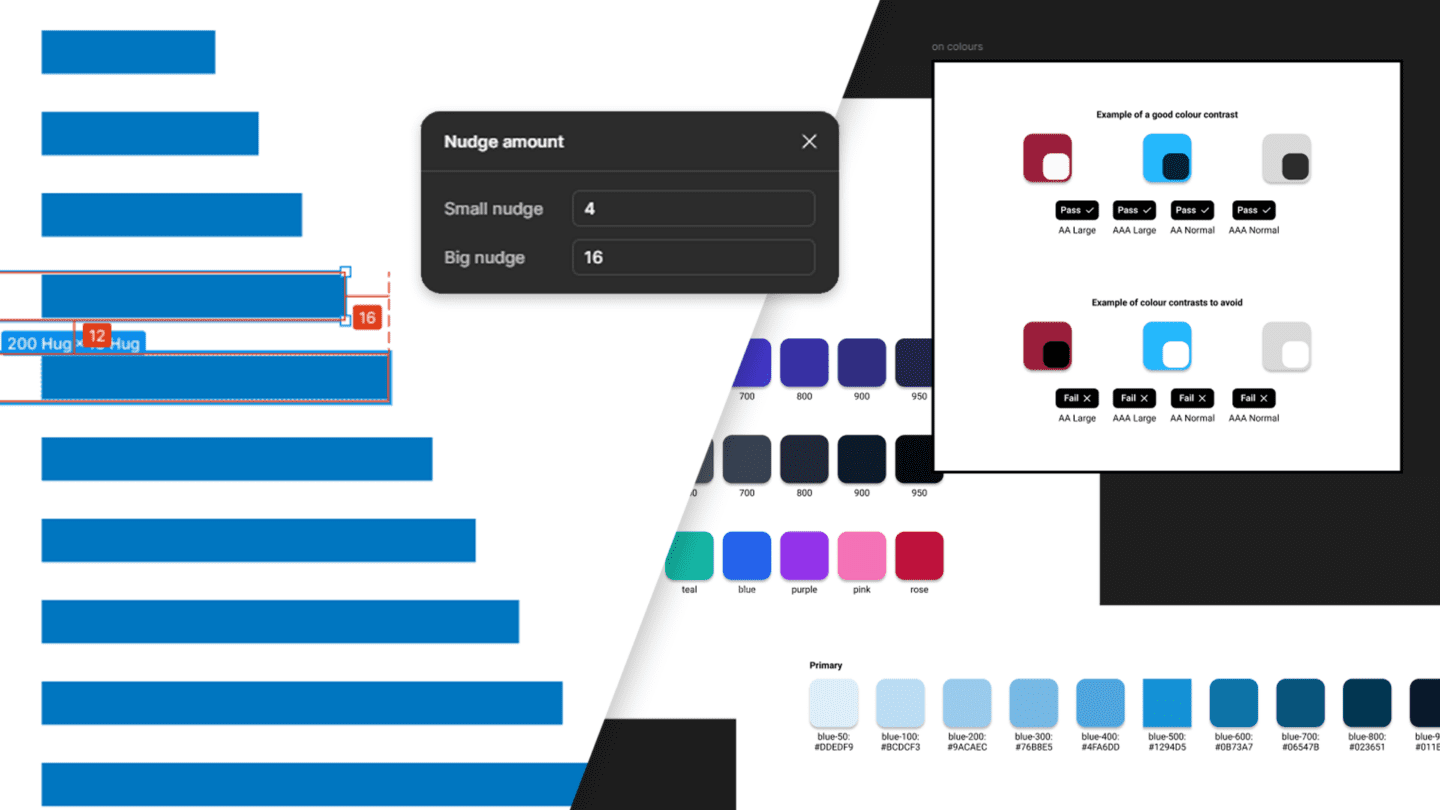Evaluating your content library can be a daunting task. Over the years we’ve worked with clients who have had some truly massive digital content libraries. In some instances, these are a genuine asset. There is a clear content strategy and legacy content is well maintained. This often results in a clear competitive advantage.
On other projects we’ve worked on, the size, applicability, usability, or quality of the client’s content library has posed a substantial challenge. In some cases, this has had a measurably negative influence on brand perception, conversion, and retention rates.
What’s the difference between these clients and content libraries?
Well, a lot of it is down to content strategy, and really focussing on why they should, or should not, publish digital content.
For example, how many NHS pamphlets (the one’s you are likely to see when you visit your GP) have you come across online, contain the wrong information, or are just incredibly difficult to read given they were designed for print, and not digital usage. This is a serious issue and one that we certainly appreciate takes time to resolve given the scale of the problem, and the resources required to resolve it.
The importance of content strategy and information architecture
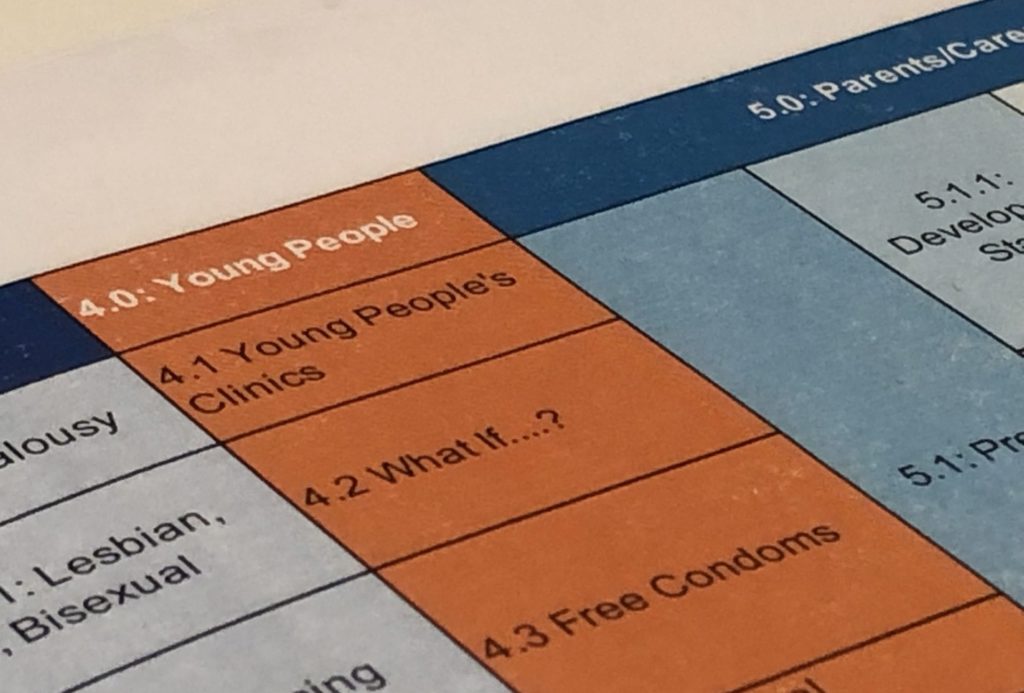
Now as a practitioner I think those words are a bit jargony. What’s more, many of the best practice guidelines that you should adhere to, can seem like common sense. But defining a robust content strategy and implementing information architecture best practices can be incredibly hard. Especially when you’re dealing with a substantial content library and multiple departments, or stakeholders who have contributed to this over the years.
There’s also the pressure to keep up, do more, and avoid asking difficult questions that don’t help hit existing targets or performance metrics. What’s worse, is that publishing “new” content is getting easier and easier … which in some instances means, it’s nigh on impossible to stay on top of what’s being published, and where.
That’s why things can, over time, get out of control. The best way to address to this, especially in larger organisations, is to ensure people, processes and tools are all aligned to a clear and actionable user-centred content strategy.
Getting things right: learn from the past
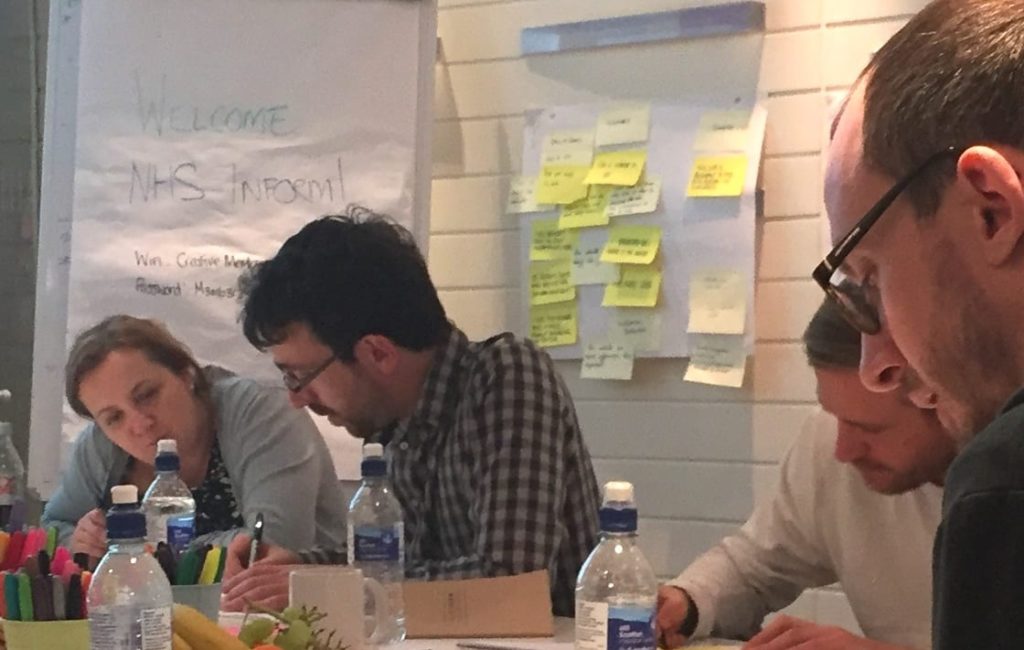
We’re often engaged to conduct audits and stimulate the process of reviewing what works, what doesn’t, and what needs to be done going forwards. To kick these projects off we always try and identify answers to the following questions:
- Who are we trying to reach, engage or convert with content?
- What content is required throughout the customer lifecycle (from initial awareness, conversion, and ongoing retention)? Please note this may need to be done per product, sales segment, stage of lifecycle, etc.
- What content do we publish?
- Why do we publish this content? Answering this question is critical!
- What are the measurements of success for this content?
- How is this labelled and organised?
- How is content currently developed, published, and governed?
- How is content currently performing across channels?
As once we’ve defined the above, we can then objectively assess content in terms of:
- What must be kept, updated, or removed?
- What gaps must be filled?
- How should content be labelled and organised, from an external, and not an internal stakeholder’s perspective?
This can be an incredibly long and labour-intensive purpose. As a result, it’s costly in terms of time if not budget. What’s more a lot of politics or competing agendas can influence the process. That’s why we really try to focus on the purpose and measurements of success, as well as best practice, as this keeps things as objective as possible.
Evaluating content from an external stakeholder’s perspective
Once you’ve defined an objective framework, we’d then recommend asking people from across your organisation to get together and collaboratively define what end-users are likely to consider “hygiene” content and what they deem to be “health” content. At Border Crossing UX we define:
- Hygiene content: as critical or mandatory information that a person must be able to access and consume in order to convert their awareness of your organisation, product, or service into action, e.g., product/service descriptions, pricing information, FAQs, etc.
- Health content: added value content that is not deemed critical or mandatory to prompting an action or conversion but is likely to have a positive influence on brand perception, conversion, and retention.
A very basic example of this would be:
- Detailing your office address or venue, could be deemed “hygiene” content.
- Detailing how to get to your office or venue using likely transport options, could be deemed “health” content.
Or
- Providing a life insurance landing page, that details the key value proposition, features and benefits of the product, could be deemed “hygiene” content.
- Providing a simple overview of the difference between “life” and “term” cover and helping people select the right option for them using examples could be deemed “health content”.
Once this has been defined internally, it’s always worth validating this with external stakeholders. As what each organisation defines as hygiene and health is likely to be different, even if they’re competitors. So, the important point is to identify the split that’s right for your organisation and its specific target audience(s).
Prioritisation matters: not all content should be treated equally

And the bigger the content library, the more this is required. As doing this will allow you to focus your attention and organisation’s resources on what really matters. As there’s no point investing in added value content when the foundations are wrong. This isn’t exclusive to digital, it’s true across channels, and keeping on top of print materials is just as critical as maintaining web pages.
In short, you must be ruthless. Is content meeting the needs of end-users? Is it meeting the needs, or contributing to a desired outcome? If so, it should be kept, and where possible optimised. If not, cut it. It’s as simple as that. As it’s all about the cost/benefit of content. Producing content has a clear and transparent cost. Time (or salary cost) invested, plus external expenses. You can project governance and maintenance costs too.
If you do this, you’ll suddenly start seeing your content in a different light. As you’ll be able to identify what is the lifetime value of each bit of content you’ve produced. Insights like these are critical to making informed decisions, and ensuring you focus on the content that is either mandatory or delivers the greatest Return on Investment (RoI). As opposed to the content that delivers little value to either you or your target audience.
There’s no doubt the above can take time and can be painful. But the impact and results can be spectacular. So, it’s worth being realistic about the potential costs, as well as benefits, when developing your business case for a content audit or revised content strategy.
What you can do tomorrow: start evaluating your content
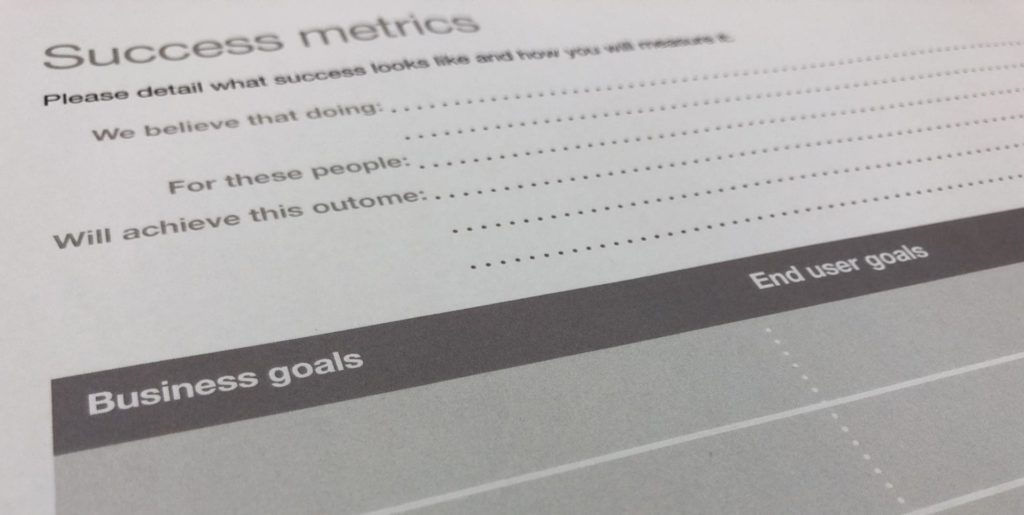
If you’re looking to make an immediate impact, we’d recommend you suggest that content producers ask themselves the following questions:
Before they generate content:
- Who is this content for?
- What is the purpose of this content (why are we investing in the production of this content)?
- What are the measurements of success for this content?
- What must we do to ensure this is appropriately maintained and governed?
Before they hit publish:
- Is the content on-brand (appearance, tone of voice, quality, etc?
- Does the content meet accessibility guidelines?
- Is the content relevant to our target audience?
- Is this content accurate, true and/or complete?
- Is our target audience likely to find the content easy to understand?
- Is the content presented clearly?
- Is this content likely to distract people (from more important content or actions we wish people to take)?
- Does the content end with a relevant call to action?
- Has the content been optimised for search engines, as well as people?
If they answer “no” to any of the above, then the proposed content should not be published.
If those responsible for producing content ask themselves these questions, they will produce better content. This will then provide you with best practice examples you can share with others to sell the benefits of a revised approach to content production, and managing legacy content.
Need assistance with your business case, content audit or content strategy?
Get in touch to find out how we’d approach your specific requirements.
